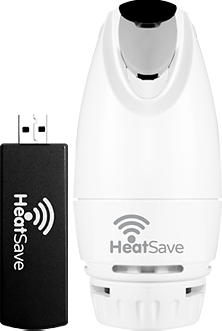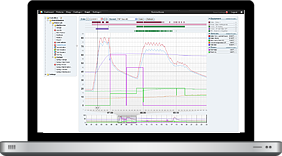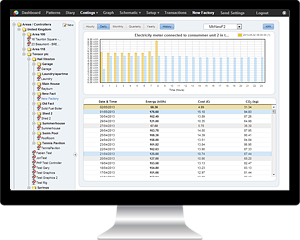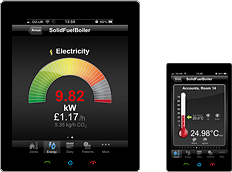Future Homes Task Force set up to ensure housebuilding aligns to environmental legislation set up by the UK Government

A new cross-sector Future Homes Task Force set by the UK Government aims to assist the built environment sector in improving the environmental footprint of new housebuilding, a recent news report has been able to suggest.
The Task Force will comprise of organisations across the built environment sector, as well as utility providers, material suppliers and environmental groups. It will establish a Delivery Hub to ensure housebuilding aligns to environmental legislation set up by the UK Government.
As such, housebuilders will be tasked to work towards the net-zero commitment for 2050, as well as impending, timebound targets set to be unveiled as part of the Environment Bill. In an update to the Environment Bill, published 19 August, the Department for Food, Environment and Rural Affairs (Defra) confirmed that it is developing time-bound, numerical targets aimed at tackling an array of environmental issues.
At least one “strong and meaningful” target will be introduced for each of the four priority areas for the Bill: biodiversity, air quality, water and waste. All targets will be deadlined for the mid-to-late 2030s and will be backed up with interim targets that will not be legally binding, to help spur early progress.
Specifically, the Delivery Hub will develop a masterplan to ensure homes are built with low-carbon heating and no new homes using gas by 2025. Housebuilders will also have more ambitious water efficiency standards and improved flood resilience. Green roofs, triple glazing, passive cooling and electric vehicle (EV) charge points will also be prioritised.
HeatingSave – the perfect home automation solution
The best solution for reducing and thoroughly managing energy bills is the implementation of a solid and reliable Building Energy Management system.
Building Energy Management Systems are capable of delivering extensive monitoring and control options, compared to basic controls. They typically employ data from a variety of sources (boiler flow and return sensors, internal and external temperature sensors, occupancy sensors, humidity sensors, etc.), and enable the perfect optimization of a building’s boiler-based central heating system.
If you’d like to find out more about the savings enabled by the HeatingSave Building Energy Management System, just contact our dedicated product team, they’ll be more than happy to answer all of your questions and queries.






